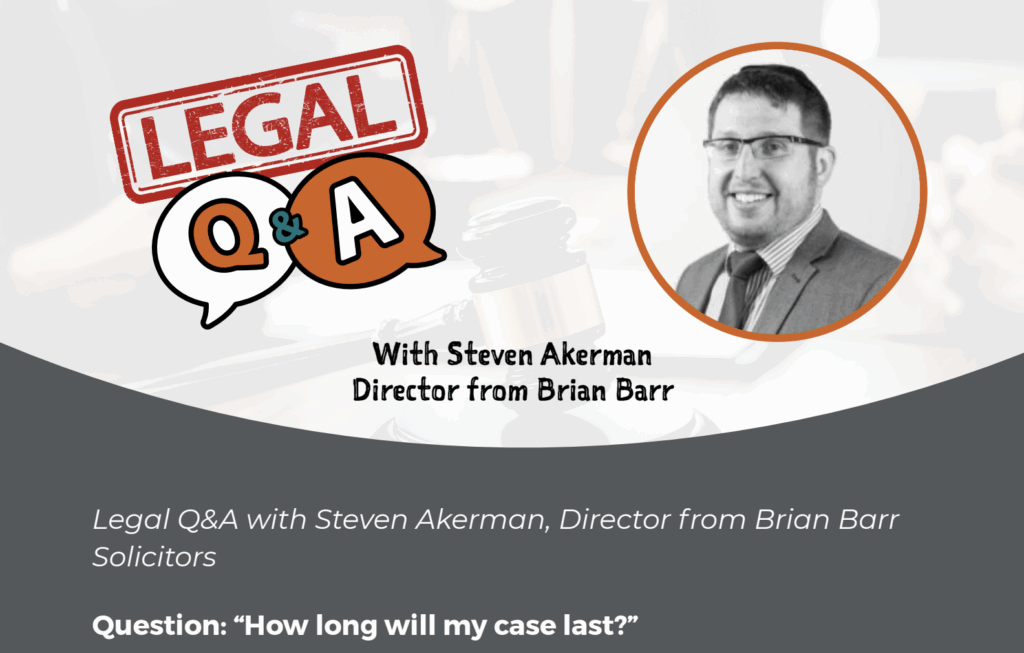A type of spa therapy has been found to be a safe and effective way of reducing pain in patients with fibromyalgia.
Balneotherapy is a type of spa therapy, which has been used by humans for thousands of years, including the ancient Greeks and Romans, to treat diseases naturally. Not to be confused with hydrotherapy, balneotherapy is a form of therapeutic bathing whereby the restorative properties of water are used to rejuvenate the body. In the past, there have been many studies to showcase how balneotherapy can provide pain relief in fibromyalgia patients. In this blog post, we discuss balneotherapy in further detail and explain the theory behind it.
First of all, we will explain the difference between hydrotherapy and balneotherapy, as they are very different. While hydrotherapy is similar to physical therapy to increase the range of motion and strength, balneotherapy focuses on the temperature and mineral content of the water in order to increase relaxation effects. Common minerals added to water for balneotherapy include salt, sulfur, and magnesium.
Over the years, there have been many studies to determine whether or not balneotherapy is successful in reducing pain for fibromyalgia sufferers. Many of the results were positive, showing that this type of therapy can definitely play a part in reducing pain, tenderness, depression and anxiety, while increasing a patient’s quality of life.
If you are a fibromyalgia sufferer contemplating as to whether or not balneotherapy is right for you, this section of our blog will be useful for you, as it explains what you should expect from the session should you wish to go ahead with the treatment.
Depending on the kind of balneotherapy, there may or may not be a therapist present throughout the duration of your session. Some treatments may also involve massage during the bathing stage. Typically, balneotherapy sessions last around 20 to 25 minutes, however, this time can be more or less depending on the treatment you are receiving.
Appropriate clothing must be worn during your session. While a swimsuit may be permitted for some treatments, you may need to be naked for others. Once you have changed, a bath will be prepared for you, complete with essential oils, seaweed, mud or other therapeutic agents, which have been added for your relaxation and comfort. You will then be left to soak in the water for a predetermined length of time.
Once your session is over, you will then exit the bath carefully. Afterwards, you may feel dizzy or drowsy, which is completely normal, so do not panic. To help and allow you to rehydrate, you will be offered a drink of water by the therapist or staff members present at the therapy session.
As well as helping to ease fibromyalgia pain, balneotherapy also offers a whole host of additional benefits, including the following:
- Fights cellulite
- Brightens skin and cleanses pores
- Improves circulation
- Reduces lower back pain
- Offers relief for those with arthritis
- Fights psoriasis
Although balneotherapy has proven to be extremely effective for some people, it is not suitable for everyone, including those who have pre-existing health problems or are pregnant. If you meet the criteria of any of the below, then you will need to get in touch with your GP to discover whether or not it is safe for you to take part in balneotherapy treatment.
- Have open cuts, sores and/ or wounds or a recent injury
- High blood pressure
- Heart disease
- Arteriosclerosis
- Allergies to certain herbs, oils and/ or salts
- Diabetes
- Pregnancy
Overall, balneotherapy is a great tool to assist in the battle against fibromyalgia. When combined with other treatments, balneotherapy has been proven to improve the quality of life for many fibromyalgia patients. Almost everyone has access to water and a bathtub, which means many fibromyalgia sufferers would be able to enjoy a relaxing, soothing therapeutic bath for themselves. As experienced fibromyalgia lawyers, we understand how painful fibromyalgia can be for sufferers, therefore, hope this form of treatment can provide some relief to our followers. Have you ever tried balneotherapy? If so, we would love to hear from you to understand your thoughts and experiences. If your fibromyalgia was caused by an accident, injury or traumatic experience then you may be entitled to make a fibromyalgia claim. To see if you are eligible, contact a member of our team of personal injury solicitors in Manchester today.
We do not endorse any research, studies or sources mentioned within our blogs and comments. Furthermore, we do not endorse any medical advice provided, and would strongly recommend anyone seeking medical advice to contact their local healthcare provider.
















